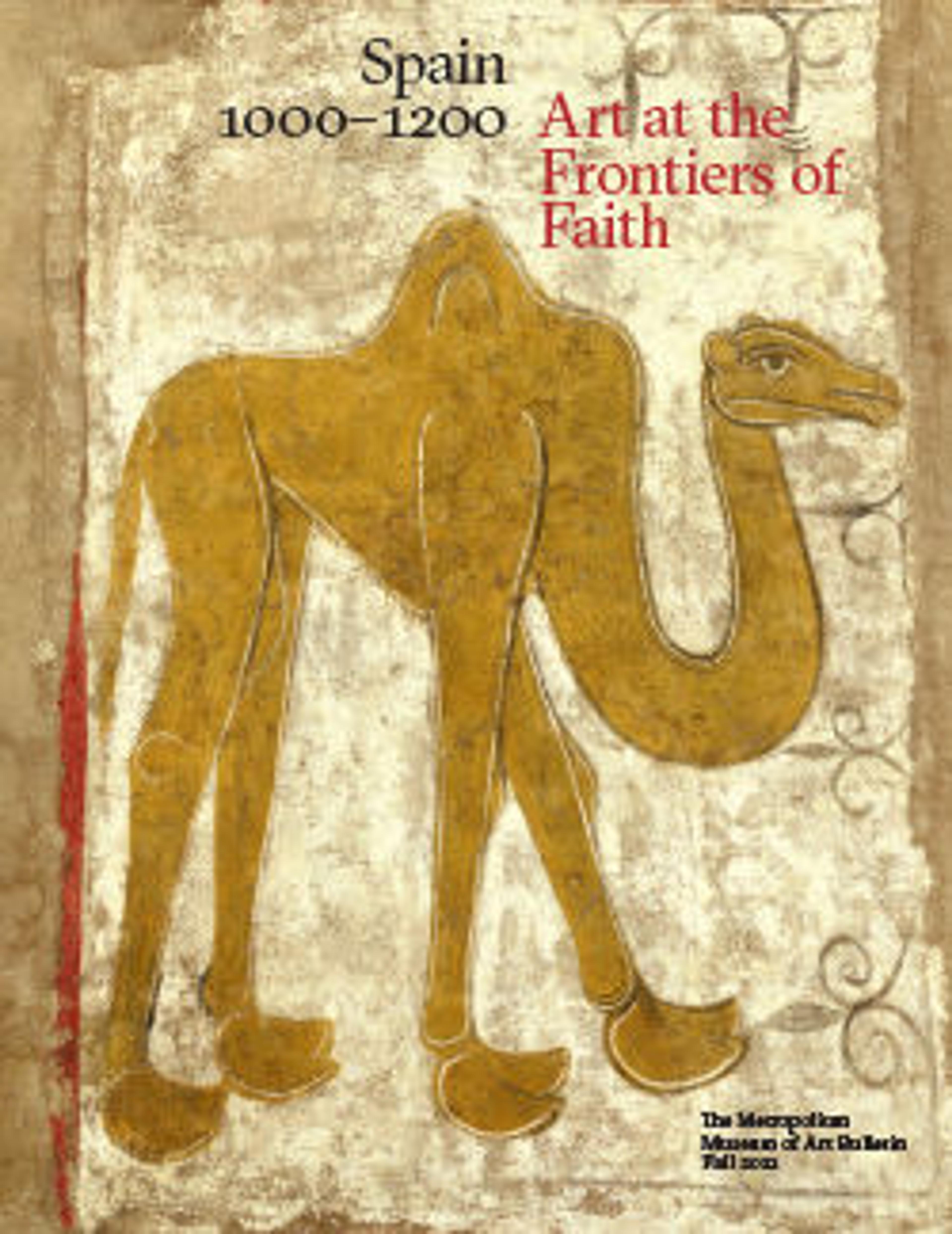Camel
A hermitage was constructed in the first half of the eleventh century at San Baudelio de Berlanga, which was situated along part of the frontier between Islamic and Christian lands. (The site is halfway between Madrid and Saragossa, just north of today’s main road.) The church interior was transformed a century later, after the hermitage at Berlanga came under the control of an agent of Alfonso I, king of Aragon and Navarre, in 1129. Two cycles of vibrant wall paintings were created for the community of monks established there; scenes from the Life of Christ were set on an upper level, while images of animals and hunting decorated the lower wall. The camel was associated with the lands of the Bible, but also with power, luxury, and the exotic.
Artwork Details
- Title:Camel
- Date:first half 12th century (possibly 1129–34)
- Geography:Made in Castile-León, Spain
- Culture:Spanish
- Medium:Fresco transferred to canvas
- Dimensions:Overall: 97 x 53 1/2 in. (246.4 x 135.9 cm)
- Classification:Paintings-Fresco
- Credit Line:The Cloisters Collection, 1961
- Object Number:61.219
- Curatorial Department: Medieval Art and The Cloisters
More Artwork
Research Resources
The Met provides unparalleled resources for research and welcomes an international community of students and scholars. The Met's Open Access API is where creators and researchers can connect to the The Met collection. Open Access data and public domain images are available for unrestricted commercial and noncommercial use without permission or fee.
To request images under copyright and other restrictions, please use this Image Request form.
Feedback
We continue to research and examine historical and cultural context for objects in The Met collection. If you have comments or questions about this object record, please contact us using the form below. The Museum looks forward to receiving your comments.
